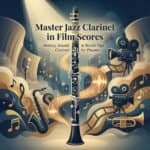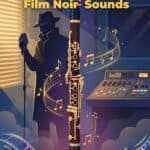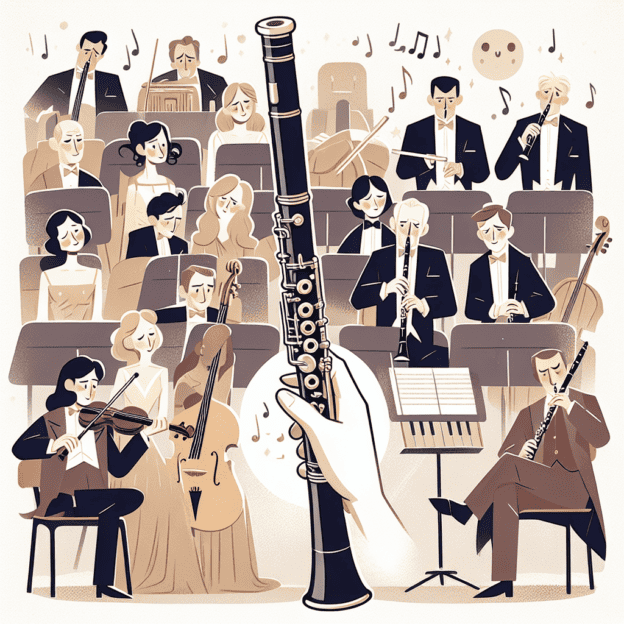Introduction: The Clarinet in Film Music
Film music often conjures images of grand orchestras with strings and brass, but there's one woodwind instrument that truly shines — the clarinet. Its rich, expressive tone has become a cornerstone in conveying emotion in countless film scores. From timeless classics to modern blockbusters, the clarinet adds a depth and complexity that's hard to match.
Next time you're enjoying a movie, take a moment to listen for the clarinet in the background. Its unique sound can evoke a wide range of emotions. You might hear it softly whispering during a tender love scene or playing lively, playful tunes in comedic moments. The clarinet's expressiveness often perfectly captures the mood of what's happening on screen.
The Evolution of the Clarinet in Film Music
The clarinet's journey in film music is a fascinating one. Let's explore how this versatile instrument has shaped cinematic soundscapes over the years.
| Era | Role of Clarinet |
|---|---|
| Early 20th Century | Integral part of orchestras, laying the foundation for film scores |
| 1940s | Used to create distinct, memorable sounds (e.g., Bernard Herrmann's “Psycho”) |
| Modern Era | Continues to be a staple in film scores, from blockbusters to animated features |
Historically, clarinets were crucial components of orchestras. As the 20th century progressed, filmmakers began to recognize the power of soundtracks in enhancing their stories. The clarinet, with its versatile sound, could adapt to various roles — from evoking the serenity of forests in animated films to capturing the energy of city life in action sequences.
Iconic Clarinet Moments in Film
The 1940s marked a significant period for the clarinet in film music. Composers like Bernard Herrmann used the instrument to create unforgettable sounds in movies such as “Psycho.” The hair-raising introduction to the infamous shower scene, featuring the piercing sound of a clarinet, demonstrates how this instrument can amplify tension when paired with powerful visuals.
Today, the clarinet remains a prominent feature in Hollywood scores. Renowned composers like John Williams, famous for “Star Wars” and “Harry Potter,” skillfully incorporate the clarinet to create melodies that linger in our minds long after the credits roll. It's remarkable to see how these film scores have gained such popularity that they're now performed in concerts, with the clarinet often taking center stage.
The Clarinet in Animated Films
Animated films have also embraced the clarinet's charm. It often gives voice to the adventures of quirky characters, from the whimsical tunes of Disney classics to the jazzy rhythms in Pixar movies. This showcases the clarinet's versatility, contributing to both heartwarming and humorous moments that appeal to viewers of all ages.
Appreciating the Clarinet in Film
For aspiring clarinetists or anyone interested in music, understanding the instrument's role in film can deepen your appreciation for its capabilities. Clarinets do more than just provide background music; they express subtle emotions that words alone can't convey. They tell the hidden story and are key to building the emotional landscape in film music.
High-quality instrument makers like Martin Freres have played a crucial role in the clarinet's evolution. Their commitment to craftsmanship ensures that musicians can produce the breathtaking tones we hear in film scores.
Conclusion: The Clarinet's Lasting Impact
The next time you're watching a movie and hear the distinctive sound of a clarinet, take a moment to appreciate its contribution. It's not just background noise; it's an essential part of the emotional palette that brings the story to life. From haunting melodies to joyful tunes, the clarinet has been and continues to be a vital element in the evolution of film music, enhancing narratives and leaving lasting impressions on audiences worldwide.
Movie soundtracks owe much of their emotional depth to the clarinet. As we look to the future of film music, this remarkable woodwind instrument will undoubtedly continue to captivate hearts and enrich cinematic experiences for years to come.







